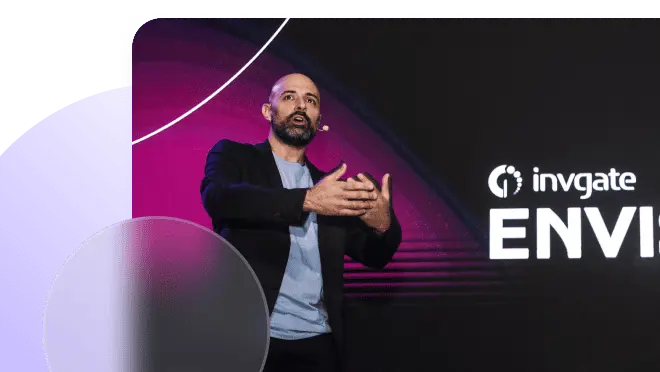In the realm of human resources, HR service delivery determines how effectively an organization can support its employees and meet their needs.
This practice refers to the solutions, processes, and models a company uses to deliver services to employees, including onboarding, payroll, benefits enrollment, and document management.
This handbook is designed to provide a comprehensive guide for HR professionals looking to optimize their service delivery processes.
We’ll make sure you get detailed strategies for enhancing HR service delivery, including implementing advanced HR technologies, streamlining processes, and fostering a culture of continuous improvement.
The article also contains the latest trends, best practices, and real-world scenarios that demonstrate how leading organizations have successfully transformed their HR service operations.
Let’s dig in.

What is HR service delivery?
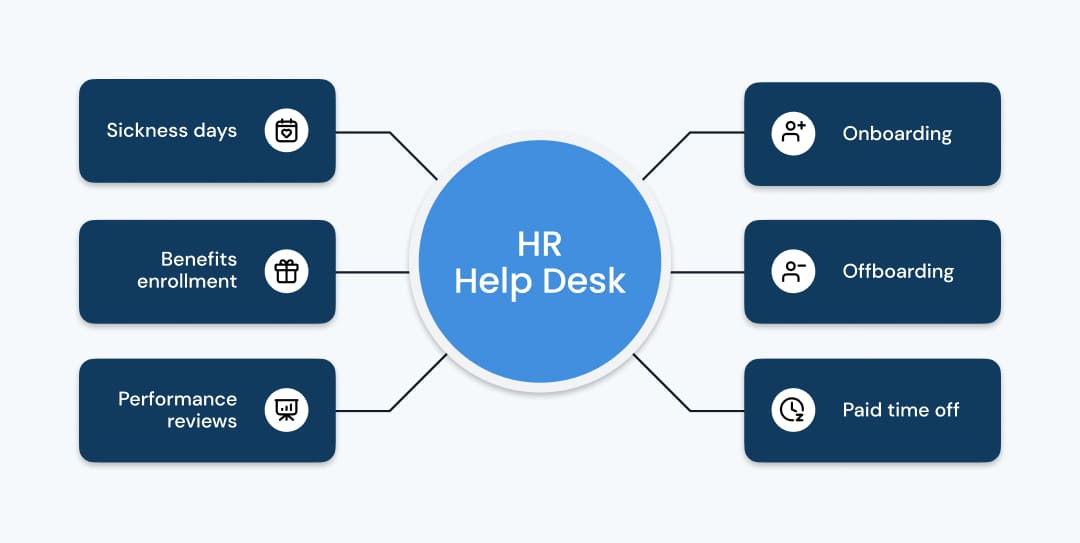
Let’s start with the basics. What does service delivery mean in HR?
Service delivery is an integral part of Enterprise Service Management (ESM) and it refers to the systematic provision of services to customers, including planning, execution, and management to meet their needs and expectations.
More specifically, in Human Resources, service delivery pertains to how the HR department provides and manages services for employees within an organization.
This is often achieved through an effective HR service delivery model, which plays a crucial role in optimizing service delivery by incorporating shared service and self-service options, improving employee productivity, and ensuring scalability.
With that in mind, in a nutshell, an effective HR service delivery makes sure that employees receive consistent and high-quality support.
HR department services
The HR department offers a wide range of services as part of its service delivery function. These include, but are not limited to:
-
Recruitment and onboarding: Managing job postings, candidate selection, employee orientations, and assimilation into the company culture.
-
Employee relations: Addressing employee concerns, resolving conflicts, and ensuring a positive work environment.
-
Payroll and benefits administration: Processing payroll, managing employee benefits, and adhering to labor regulations.
-
Performance Management: Conducting evaluations, providing feedback, and facilitating employee development plans.
-
Training and development: Organizing training programs, workshops, and continuous learning opportunities.
-
Compliance and reporting: Abiding by legal protocols and producing necessary reports.
-
Employee Data Management: Maintaining accurate records and safeguarding personal information.
HR team members are organized within traditional, shared, self-service, and tiered delivery models to address everyday HR needs, split tasks by branch, provide self-service resources, and create personalized service options.

11 benefits of HR as a service
Next, let’s explore the benefits of centralizing your HR operations:
-
Cost efficiency: Reducing redundant processes and systems through streamlined HR services lowers operational expenses. Imagine a company transitions from multiple separate payroll systems to a single, integrated payroll system. This reduces the costs associated with maintaining various systems and frees up budget for other critical initiatives.
-
Enhanced employee experience: Managing HR operations cohesively delivers a smooth and consistent experience, boosting satisfaction and engagement. For example, employees only need to log into one platform to access their paystubs, benefits information, and request time off, making their interactions with HR seamless and hassle-free.
-
Superior data management: An integrated HR system improves data handling, facilitating better decision-making.
-
HR service delivery platform: Leveraging an HR service delivery platform enhances HR service delivery through data-driven insights, self-service capabilities, and process automation. This user-friendly technology aligns HR service delivery with strategic goals, ensuring scalability and efficiency.
-
Scalability: A unified HR framework grows effortlessly with the organization, managing a larger workforce efficiently. As a start-up grows from 50 to 500 employees, its single HR system can handle the influx of new employees and processes without needing significant adjustment or additional systems.
-
Standardization and uniformity: Consistent application of HR policies and practices minimizes variability and compliance risks.
-
Better compliance: Regular updates to the HR system keep it compliant with the latest labor laws, reducing the risk of legal issues. For instance, automated alerts can remind HR staff of upcoming compliance deadlines.
-
Increased efficiency: Streamlined HR processes and integrated systems reduce administrative workload, allowing HR staff to focus on strategic tasks.
-
Optimal resource allocation: Effective distribution of resources ensures vital functions receive adequate support. Management can identify under-resourced departments and allocate additional support where it is most needed.
-
Advanced analytics: Enhanced reporting capabilities offer deeper insights into workforce trends and performance. HR can use centralized data to identify patterns such as high turnover in certain departments and explore underlying issues, then create targeted retention strategies.
-
Greater agility: A coordinated HR framework facilitates faster implementation of new policies, procedures, and technologies, keeping the organization nimble and adaptable.
The four main models of HR service delivery
The four main models of HR service delivery each offer distinct advantages and can be tailored or combined depending on the organization’s scale and needs. Different HR service delivery models can be tailored to meet specific employee needs and reduce friction in HR requests.
Keep in mind that the choice of a service delivery model or combination of models depends on the size and scale of the organization. Smaller organizations might benefit more from a traditional or self-service model, while larger enterprises might find a shared service or multi-tiered model more efficient and scalable.
Often, organizations blend these models to create a tailored solution that meets their specific needs, balancing personal support, efficiency, and cost-effectiveness.
So, let’s take a look.
Traditional service delivery
This model involves a dedicated HR team directly managing all aspects of HR activities within the organization, which means that HR staff handle employee inquiries, process payroll, manage benefits, recruit, and perform resposibilities.
What’s great about it is the personal touch and direct support, providing your team with familiarity with the company's culture and policies, strong relationships with employees. But, it can be resource-intensive and inefficient, particularly for larger organizations. This is because they lack the technology there is little room for scalability and may result in inconsistent service levels.
Here is an example: A small law firm's HR team handles all HR tasks internally.
-
An employee has a question about their health insurance benefits. They walk directly to the HR manager’s office and get an immediate, personalized response.
-
New hires are onboarded through face-to-face meetings, allowing a warm welcome and thorough integration into the company culture.
-
The challenges would show up as the firm grows. A single HR manager would struggle to keep up with increased responsibilities, which could delay responses and reduce service quality.
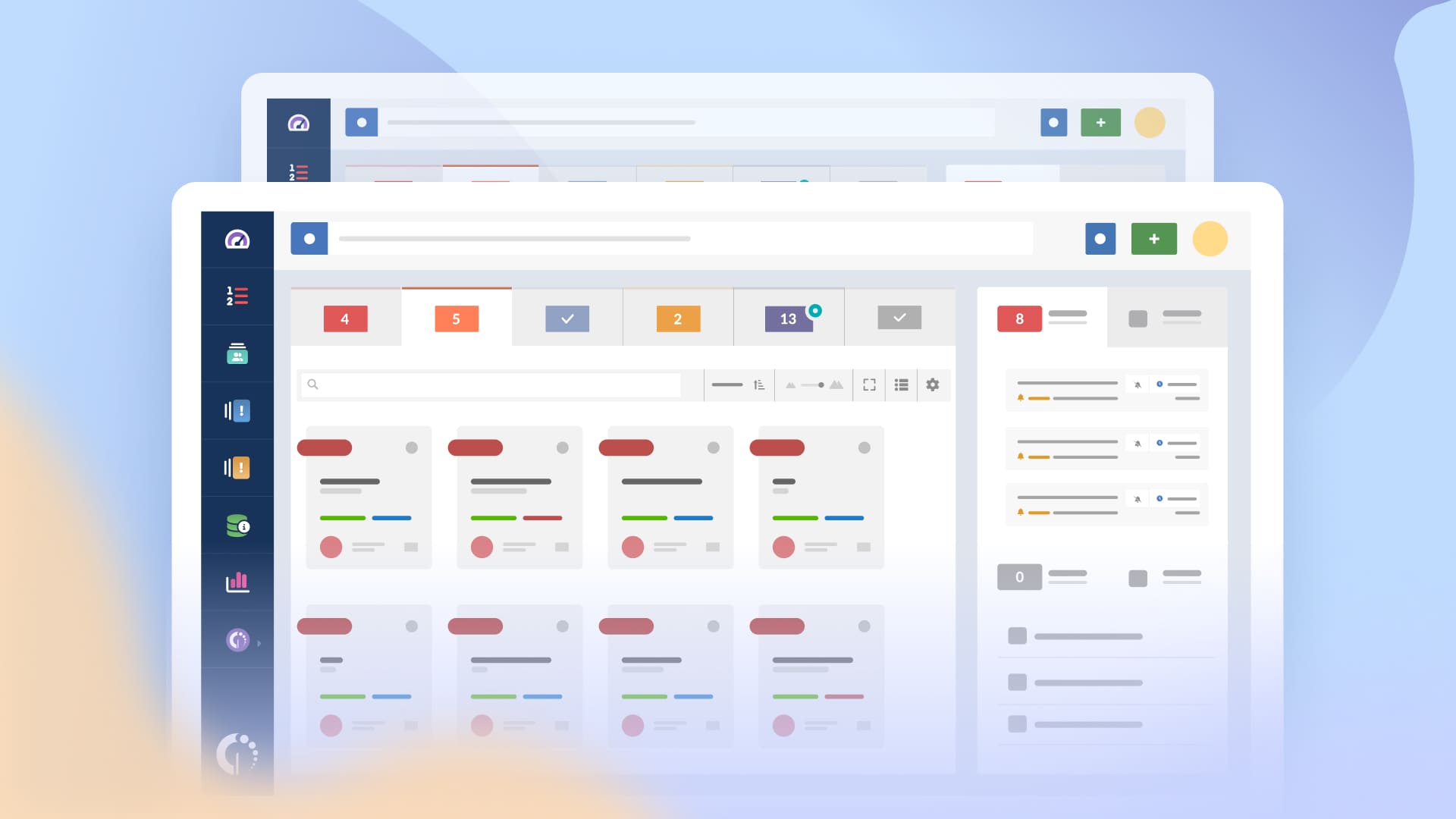
Shared service delivery model
Here HR is centralized into a shared services center that serves multiple departments or divisions within the organization. It standardizes processes and improves efficiency by leveraging technology and specialized HR expertise.
It’s very attractive because it is cost-effective and it provides consistent service levels. In exchange, you get streamlined operations and improved data management, which allows HR professionals to focus on strategic initiatives. The only problem is that it may reduce the personal touch of traditional models and can lead to bureaucratic delays if not managed well.
Let’s consider this scenario: A school district centralizes HR services for all schools in a shared service center.
-
Teachers and staff submit their payroll inquiries and benefits questions to a centralized HR help desk that provides standardized answers and solutions.
-
Training programs and personnel records are managed uniformly across all schools, ensuring consistent procedures and compliance.
But,
-
Some teachers may feel detached as they no longer deal with a local HR representative who understands their specific needs.
-
Response times might elongate if the shared service center becomes overwhelmed with requests from multiple locations.
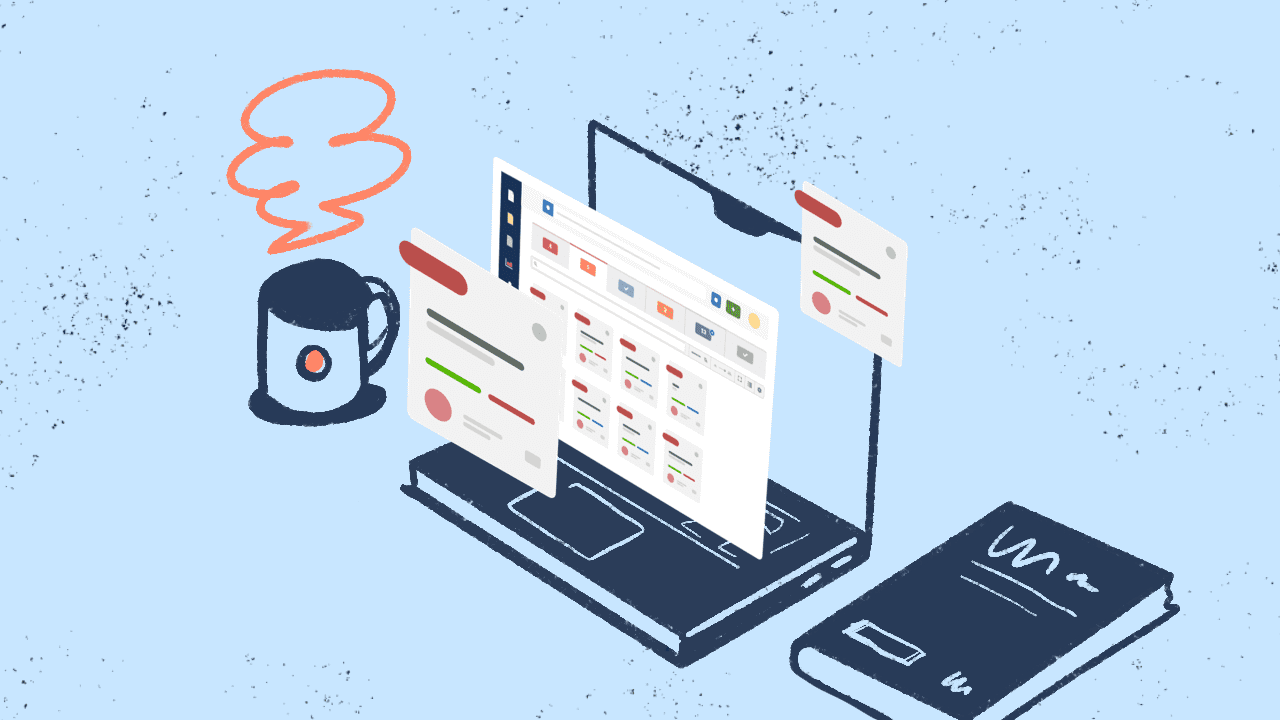
Self-service delivery
Employees and managers utilize online platforms and self-service portals to handle routine HR tasks themselves, such as updating personal information, managing benefits, accessing payslips, and submitting leave requests.
We like this one because it empowers employees, reduces administrative workload on HR staff, provides quick and easy access to information, and is highly efficient for routine tasks. The issue requires reliable technology infrastructure and can lead to issues if employees are not tech-savvy or if systems are not user-friendly.
For instance, an insurance company adopts a self-service HR portal for all employees.
-
An employee uses the online portal to download their latest pay slip, update their address, and file for leave without needing to contact HR directly.
-
HR staff focus on more strategic projects instead of routine administrative tasks, increasing overall efficiency.
In this scenario, the challenges could be:
-
If the portal is not user-friendly or if there are technical issues, employees might encounter difficulties in completing their tasks.
-
Less tech-savvy employees may need additional support or training to use the system effectively.
Multi-tiered delivery
This model combines elements of the above models into a layered approach to HR service delivery. It typically includes self-service for routine tasks, a help desk or call center for common inquiries (tier 1), specialized HR professional support for more complex issues (tier 2), and subject matter experts for the most complex and strategic HR matters (tier 3).
Highly adaptable and scalable, ensures that issues are handled at the appropriate level, maximizes efficiency, and provides specialized support when necessary. Nonetheless, it can be complex to implement and manage; it requires a robust infrastructure and clear communication channels to ensure smooth operation.
Here is a common scenario: A healthcare organization implements a multi-tiered HR service model.
-
Tier 1: Routine tasks like changing personal details and viewing benefits information are managed through an employee self-service portal.
-
Tier 2: A call center is available to answer more common HR-related questions and provide immediate support.
-
Tier 3: HR specialists are on standby for complex issues, such as handling disputes or specific HR policies.
-
Tier 4: Experts deal with strategic matters like organizational restructuring or compliance with new healthcare regulations.
But, keep in mind that:
-
Coordinating across different tiers can be complex, requiring clear communication and robust infrastructure to ensure a smooth service.
-
The multi-tiered system needs continuous monitoring and management to stay efficient and responsive.
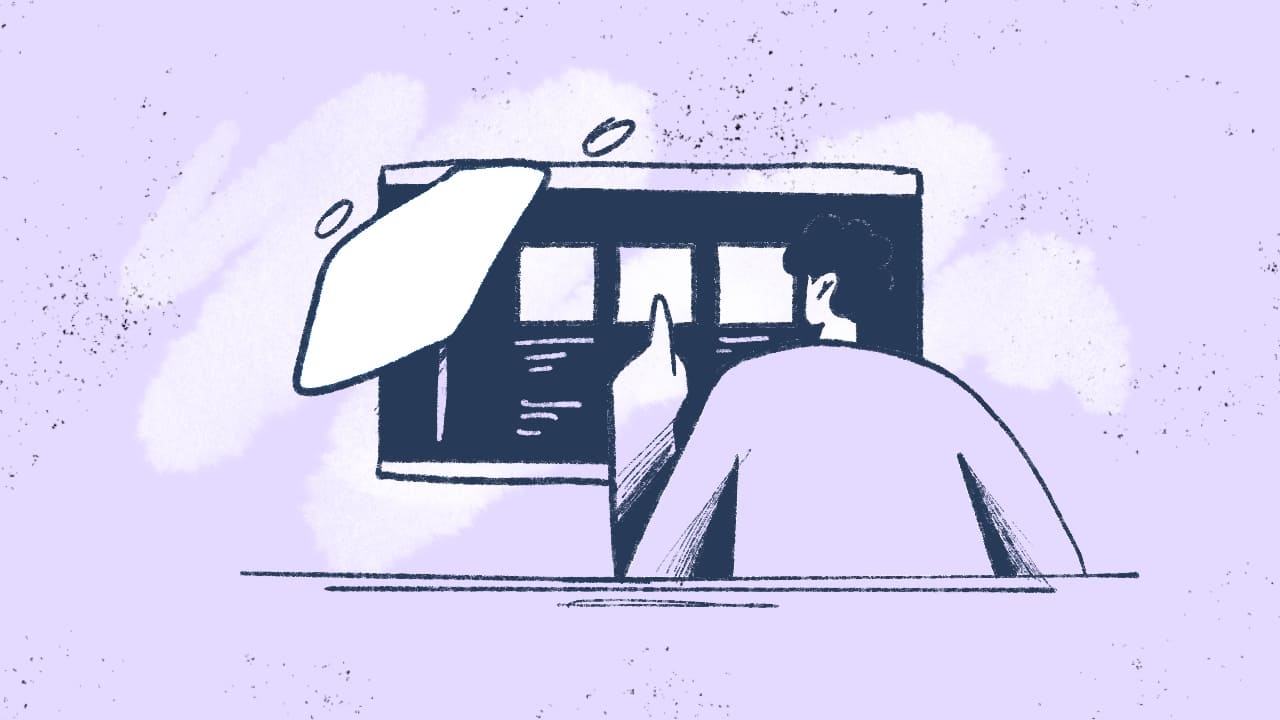
HR service delivery best practices
To maximize the effectiveness of HR service delivery, your organization should consider implementing the following best practices. It’s a long list, but it’s totality worth it:
-
Implement a robust help desk solution to manage and streamline inquiries, provide quick responses, and track issues to resolution. It can improve efficiency and employee satisfaction.
-
Use integrated HR Management Systems (HRMS) to automate routine processes such as payroll, benefits administration, and performance management.
-
Enable employees to access and manage their own information, reducing the administrative burden on HR staff.
-
Develop and enforce standardized HR policies and procedures across the organization to ensure consistency and compliance.
-
Maintain comprehensive documentation of HR processes and make it easily accessible to all employees.
-
Consolidate HR data into a single system to improve accessibility, accuracy, and security.
-
Utilize data analytics to gain insights into workforce trends, performance metrics, and improve decision-making.
-
Regularly collect feedback from employees to identify areas for improvement in HR services and address any issues promptly.
-
Focus on enhancing the employee experience through personalized and timely support.
-
Provide ongoing training for HR staff to keep them updated on the latest HR practices, technologies, and regulatory requirements.
-
Regularly review and update HR processes to ensure they remain efficient, effective, and aligned with organizational goals.
-
Establish clear and multiple channels of communication for employees to connect with HR, such as email, chat, and phone support.
-
Implement HR solutions that can scale with organizational growth and adapt to changing business needs.
-
Be open to combining different HR service delivery models to create a tailored approach that suits the organization’s size and requirements.
-
Ensure all HR processes comply with local, regional, and national labor laws and regulations.
-
Maintain detailed audit trails for all HR transactions to support compliance and reporting requirements.
-
Free up HR teams from administrative tasks to focus on strategic initiatives like talent management, employee engagement, and organizational development.
-
Implement a ticketing system to manage employee inquiries efficiently, track resolution times, and ensure accountability.
-
Develop a knowledge base within the help desk solution to provide employees with self-help resources and common FAQs.
-
Track key performance metrics such as response time, resolution time, and employee satisfaction to continuously improve help desk performance.
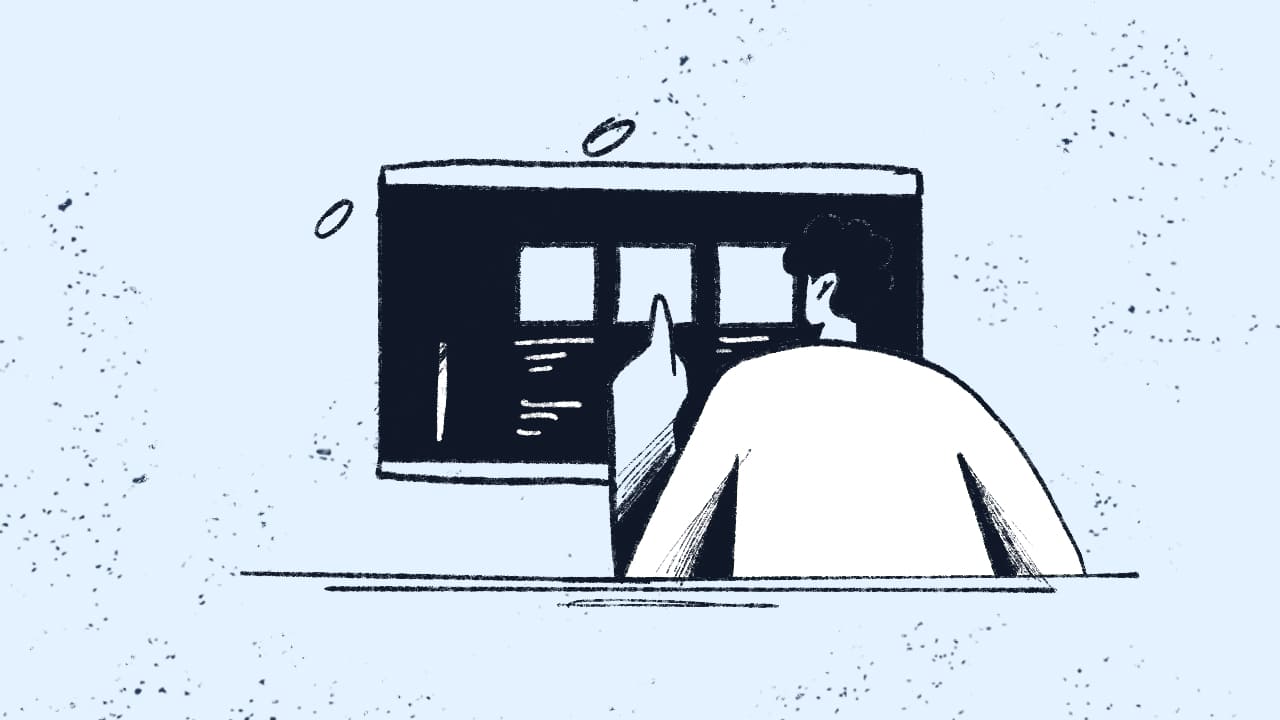
In conclusion
Incorporating robust HR service delivery mechanisms as part of an ESM strategy ensures that all employees receive the support they need, leading to improved satisfaction, retention, and overall organizational success. Here are the essential concepts to take away:
-
Diverse delivery models: Organizations can choose from traditional, shared service, self-service, and multi-tiered delivery models, or combine them based on their scale and needs.
-
Best practices: Employing best practices, such as leveraging technology, standardizing processes, focusing on data management, and implementing a help desk solution, can greatly enhance HR service delivery efficiency and employee satisfaction.
-
Empowerment and efficiency: Effective HR delivery systems empower HR teams to focus on strategic initiatives rather than administrative tasks, fostering a more agile and adaptable organizational environment.







